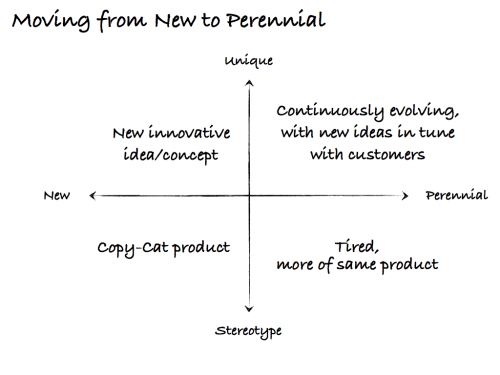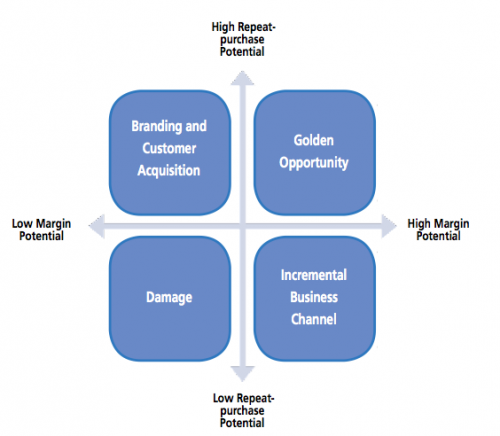South West Airlines introduced the concept of the Service Profit Chain long before the original book was written.
Here is a great post from Micah Solomon https://www.micahsolomon.com/ to remind us on how important a strong culture is in a service organization.
You will find the post What you can learn from Southwest Airlines’ culture here

